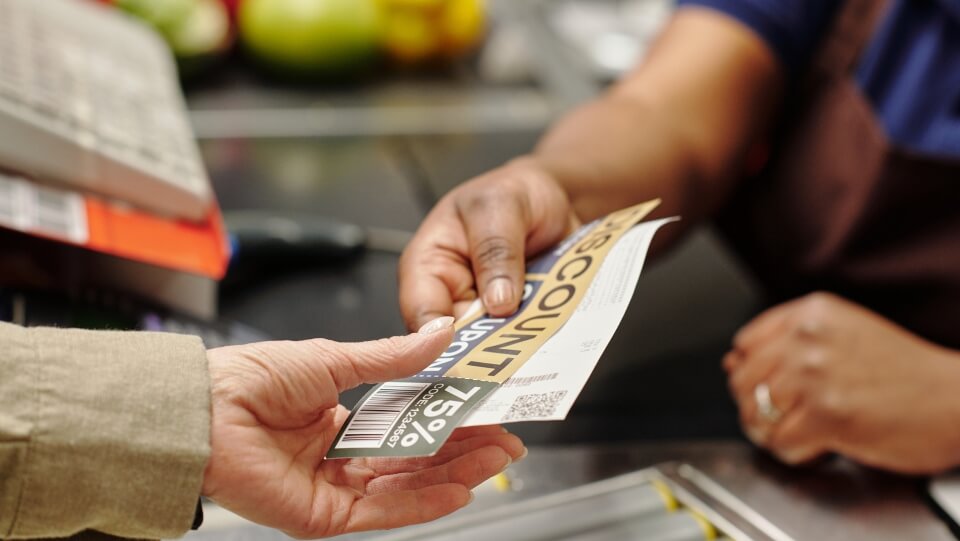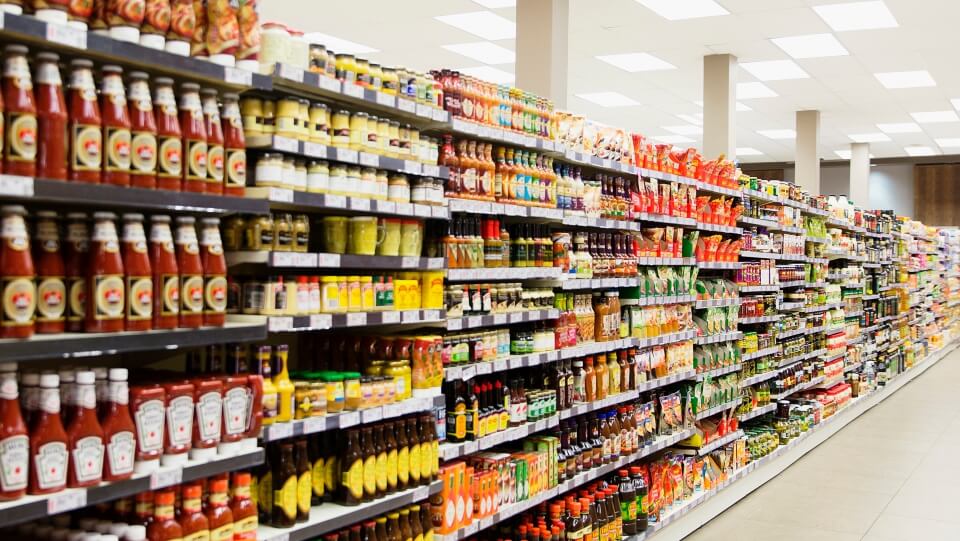
Stockpiling is an essential part of being a prepper. It may require a small financial investment now, but you’ll be glad you created the stockpile when a SHTF scenario arrives. You can’t guarantee access to grocery stores and other necessary shops in these situations.
Stockpiling can save money now and in the long run. Use these seven simple tips to get the most out of your money.
1. Go Generic
Stockpiling typically brings food and water to mind. However, there are other items to remember when making your stockpile. For instance, consider your medicine stash.
Build a stockpile of pain relievers like acetaminophen and allergy medications like antihistamines. Save money on medicine by buying in bulk and purchasing generic brands.
The store-brand drugs contain the same active ingredient and are as effective as the name brands. Generics can easily save you hundreds of dollars when stockpiling medicine.
2. Leverage Coupons

Coupons are a classic way to save money. People have used them since the late 19th century when Coca-Cola offered vouchers for free soda. Bringing a book of paper coupons to the store may feel old-fashioned, but it’s worthwhile. Many local grocery stores still send coupons through the mail, so take advantage of them when possible.
Nowadays, there are ways to eliminate paper and better organize your coupons. Stores like Dollar General, Kroger, Meijer and more have digital versions you can load on your smartphone. Their apps allow you to select the ones you want. You’ll enter your phone number at the cash register and your coupons will load on the screen.
3. Refinance Vehicles

Another opportunity to stockpile is with cars. Reliable transportation is necessary for SHTF scenarios, but car prices are high nowadays. Kelley Blue Book says the average price of a new car was $48,763 in February. The high costs have led many to keep their current vehicle.
One way to save money is by refinancing your car loan. Before you refinance, you should calculate your loan-to-value (LTV) ratio. This metric compares how much remains on your loan against the value of your car. For example, suppose your vehicle’s value is $15,000 and you have $5,000 remaining on the balance. Dividing the balance by the value produces an LTV of 33% when multiplying it by 100.
Lenders will likely help you refinance if your LTV is low. Experts recommend keeping your LTV ratio under 100% so you’re not paying more than your car is worth. Vehicles depreciate quickly, so be vigilant about your LTV when refinancing.
4. Only Buy What You’ll Use
Grocery stores often rotate their sales for products. You may encounter a deal on mouthwash for 50 cents a bottle and decide to stock up even though your family doesn’t use it often. Ask yourself before buying products if you will use them often. Otherwise, you’re wasting money and space in the long run.
This idea especially applies to food. Canned items like beans and other vegetables are terrific inexpensive items for stockpiling. However, what if only one person in the family likes corn? Buying 20 cans feels less practical at that point. Stick to buying what you use regularly. Stockpiling your desired foods is easy, but you must consider everyone’s preferences.
5. Buy in Bulk

Traditional grocery stores provide opportunities to save money with deals and coupons. However, big-box retailers also yield significant savings for buyers because you purchase items in bulk. Warehouse clubs like Sam’s Club, Costco and more enable you to buy things cheaper per ounce than at Walmart or other grocery stores.
The cost reduction often comes from reduced packaging. For example, many people buy meat at these wholesale grocery stores. You may purchase 8 pounds of chicken breasts in one package, cheaper than four containers of two pounds apiece.
6. Prioritize Nonperishables
You design a stockpile to make it last. Preppers typically have one to three months’ worth of food if a SHTF situation arises. There’s no telling when you’ll be able to return to grocery stores, so it’s crucial to have a reliable supply of food that doesn’t expire. Fresh fruits and vegetables are delicious and healthy but won’t last long unless you freeze them.

Most of your stockpile should contain nonperishable foods. These items last for years as long as you store them properly. Many people often think of canned vegetables, fruits and legumes as nonperishable, but the term can also apply to meat. For example, survival jerky can last six months even if you don’t refrigerate it.
7. Protect the Stockroom
Creating a safe stockroom saves money by reducing the risk of spoilage.
Nonperishables are supposed to last for years. Canned food is safe even after a decade on the shelf, and the U.S. Department of Agriculture (USDA) says it lasts indefinitely if the can is in good condition. Rust, dents and swelling compromise the quality and could make your food unsafe to eat, and warmth and humidity combine to create conditions ripe for mold and bacteria, so having a cool, dry and protected stockroom for your canned goods will make them last.
Many preppers designate a basement or use an insulated shed to protect their food.
Smartly Stocking Supplies
Stockpiling can be intimidating if you’re just starting. On your next grocery trip, employ coupons and sales to buy a few more nonperishable items of regularly-used foods. Slowly build your stockpile and remember to rotate your supplies.
After a while, you’ll be ready for any SHTF scenario.
